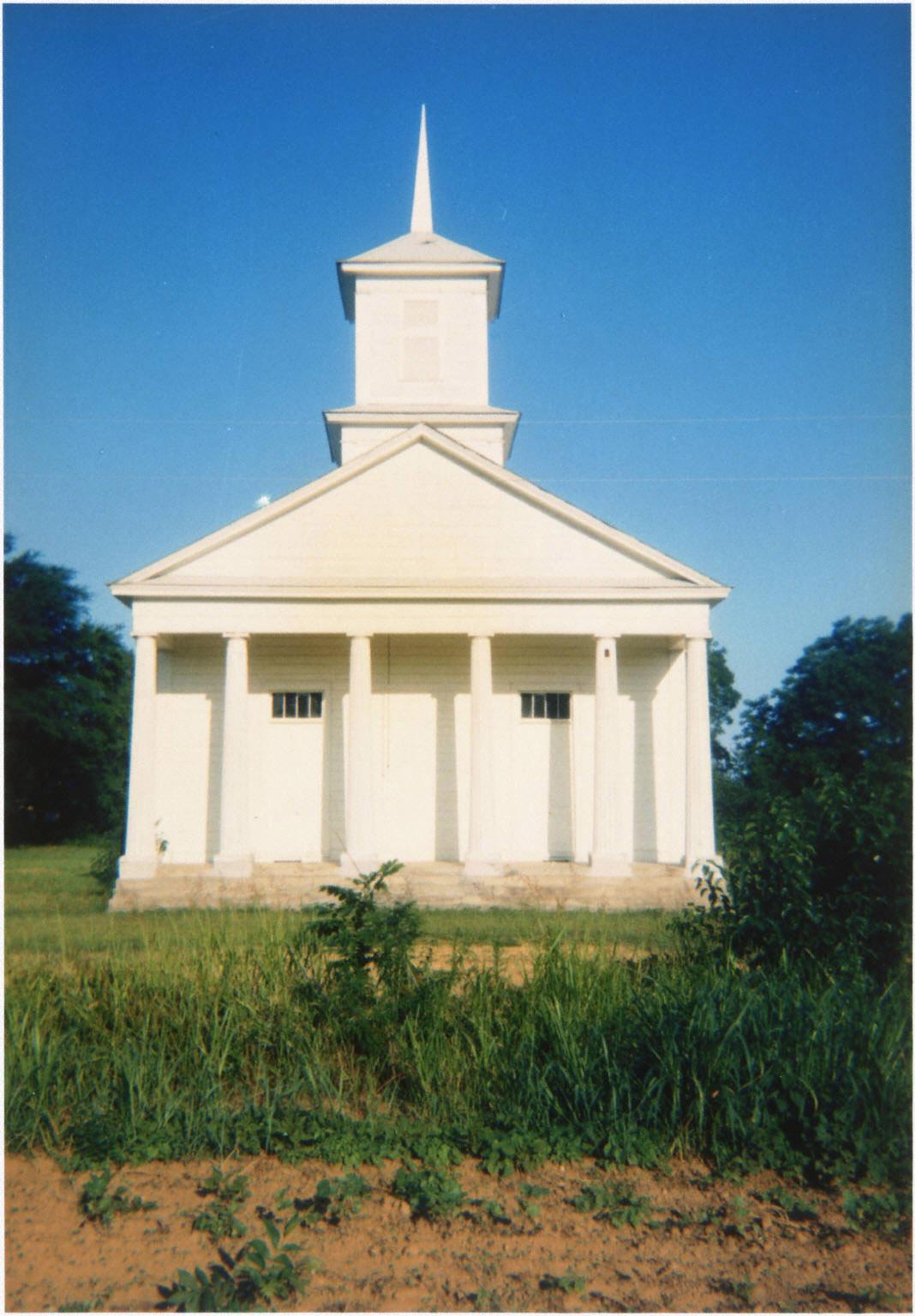Church across Early Cotton (Vertical View), Pickinsville, Alabama
William Christenberry ( 1964/printed 2000 )

Can a photograph really possess some small portion of the world, really claim it as a thing seen? The Phillips Collection owns thirty-one photographs by William Christenberry, most taken in his home region of west-central Alabama from the 1960s to the 1980s. As a student painter driving around with a small Kodak Brownie camera, Christenberry at first really did aim to take practical possession of what he saw. Finding a building that might figure in one of his paintings, he would stop to make a photograph, fixing the site into permanent form as a reference.
But something in these photographs implies possession in a more mysterious sense. In Church across Early Cotton (Vertical View), Pickinsville, Alabama, of 1964, the earliest of Christenberry’s works at the Phillips, the church imprints itself on the viewer’s eye, insisting that anything so bright and sharp could never be forgotten. The double glow of the building and the southern sunshine make a solar buzz, an intensity of light that burns the columns’ shadows into the facade. A razor clarity of edges—the triangular pediment and stacked geometries of the tower, culminating in the toothpick spire—implies an eye cutting a form from its surroundings like scissors excising a pattern from paper. The building remains in place but feels taken away , as if Christenberry were a carpenter-magus moving the structure, board by board, from its actual location to a private place of his own.
To do so, he took care to make the church pocket size. This photograph and many others in the collection are small—roughly five by three inches. The intimate size turns the buildings into toys the mind can hold as a hand would: little structures that would not be out of place by the side of model railroad tracks in the playset of an imaginative child. (It makes sense that Christenberry painstakingly built models of some of the buildings he photographed.) Childhood is an era of possession, yes, a time when we might jealously guard our playthings, our collections (of matchboxes, postage stamps, and trading cards, all of which Christenberry’s photographs evoke). But more beautifully, childhood is a time when the world possesses us, when it sometimes alights on our being and stays there, glowing like a winged insect drinking sweat from the back of our hand.
What kind of time unfolds in that experience? The time of the Is. Christenberry’s photographs abound in it. The time of the Is does not explode upon the eye. It does not teeter in delicacies of suspended time, hushes of cessation, disclosing a hidden reality. The time of the Is endures us. It waits us out, waits until we see that the buildings we behold are nothing special, waits so that we drop any pretense of being a breathless tour guide to their vernacular loveliness, waits until we recognize their drowsy boredom with themselves in the light of another long day. These structures are and are and are—and in that slowness, burning on the eye, they become signs of the little we take away.
Text by Alexander Nemerov, from Seeing Differently: The Phillips Collects for a New Century (The Phillips Collection in association with Giles, 2021)